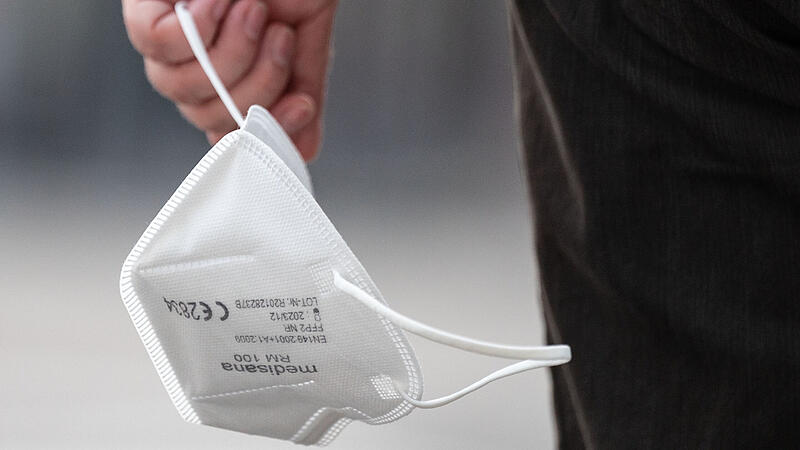The level in the monthly “model-based estimate of the degree of immunization” was this high for the last time between March and May. Future estimates are questionable due to changes in the pandemic data.
The team led by Martin Bicher from the Technical University (TU) Vienna and the company dwh, a TU spin-off, notes that as of the reporting date (August 1), “about 72 percent of the Austrian population opposed the Omikron BA.2 subtype immune”. When you look at the BA.4/5 sub-variants, you are slightly below that at around 70 percent. These immunity values currently push the effective reproduction number – i.e. the average number of people infected by an infected person – between 65 percent with regard to BA.2 and 63 percent with a view to BA.4/5. The analysis is based on international scientific studies and on a “very precise” look at reinfection data depending on the pathogen variant from Austria, in connection with vaccination and infection statistics, Bicher explained in an interview with the APA.
High levels from infection, not vaccination
The reason for the currently comparably high level is for the most part the infections that large parts of the population have gone through in the past few weeks and months. Vaccinations and boosters, on the other hand, have played an important role in protecting against severe disease progression since the omicron variant became dominant.
Virus is running out of victims
The now calculated, but significantly higher immunity levels compared to the beginning of June and July make “epidemiological sense,” says the simulation researcher. The BA.4/5 wave has already passed its peak. The ebb is due to temporary saturation effects – the virus is therefore running out of potential “victims” in the immediate vicinity due to an all-round increase in immunity. However, according to the model calculations, the situation will change again with the return of vacationers and the decline in the positive seasonal effects in autumn.
However, the researchers also have difficulties in this area of dealing with the pandemic with the most recently reported data. The number of tests and the number of infections documented in this way fell sharply, especially around the end of the quarantine. This also causes the immunity estimate to drop slightly again. Whether all of this corresponds to reality is very questionable. From this it follows that in the current data situation it is becoming increasingly difficult to maintain the “reporting system that has been tried and tested for years”, according to the scientist. What is needed now is functioning wastewater monitoring as quickly as possible or a reliable sentinel system with resident doctors, as is the case for influenza cases, if you want to keep an eye on the epidemiological situation in the future.
In the direction of autumn, the recently high number of Covid 19 infections and the resulting temporary immunities should be seen as an advantage, says Bicher. Ultimately, this is a good prerequisite for a more balanced distribution of the burden of illnesses on the healthcare system in the coming months.
Source: Nachrichten




